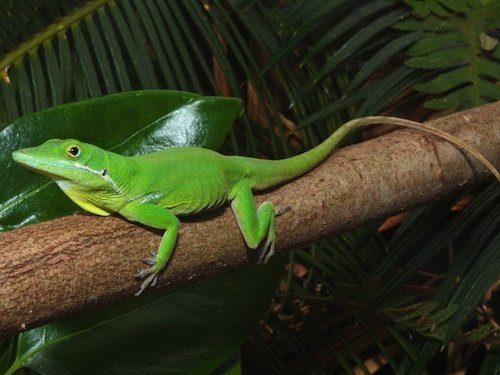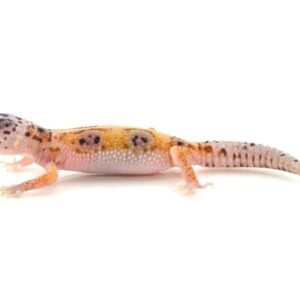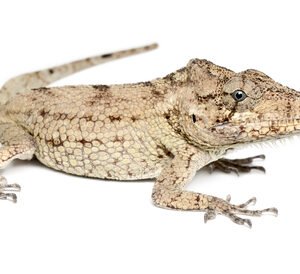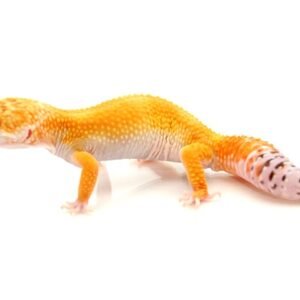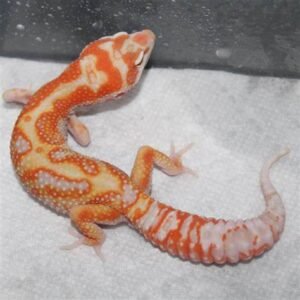Understanding the White Lipped Anole
The White Lipped Anole (Anolis cybotes) is a captivating reptile known for its striking appearance and engaging behavior. Native to the subtropical regions of the Caribbean, particularly the islands of Hispaniola and Jamaica, this species thrives in warm, humid environments. In terms of climate, it typically flourishes in areas where temperatures range from 75°F to 85°F (24°C to 29°C), supplemented by a consistent humidity level of about 60% to 80%. These conditions replicate its natural habitat, making it essential for pet owners to recreate this environment within the terrarium.
Visually, the White Lipped Anole is distinguished by its vibrant coloration, which can vary from green to brown, often exhibiting a lighter hue on the underside. Adult specimens can reach lengths of up to 5-6 inches, making them a moderate-sized option among pet reptiles. Unique features of the White Lipped Anole include its pronounced white stripe along the lip and its long, slender body, which aids in its arboreal lifestyle. Unlike other anole species, it demonstrates a remarkable ability to change color based on its environment and stress levels, which serves as a form of camouflage.
Behaviorally, the White Lipped Anole is generally solitary but may exhibit territorial behaviors, particularly during breeding seasons. It primarily feeds on a diet of insects, including crickets and small worms, supplemented by occasional fruit or plant material in captivity. Understanding these aspects of their feeding habits can assist pet owners in creating a balanced diet for their anoles. Additionally, potential pet owners should consider the legality of keeping White Lipped Anoles, as regulations may vary by jurisdiction, highlighting the importance of ethical considerations in reptile ownership. Ensuring compliance with local wildlife laws can enhance responsible ownership while protecting the species.
Setting Up the Perfect Habitat
Creating an appropriate habitat for your White Lipped Anole is essential for its health and well-being. The ideal enclosure should be spacious enough to allow for movement and climbing, as these reptiles thrive in vertical environments. A 20-gallon tall terrarium is generally sufficient for a single anole, but larger enclosures are recommended if you plan to house multiple individuals.
The temperature within the enclosure should be carefully regulated, with a basking spot maintained at around 85°F (29°C) and a cooler area of about 75°F (24°C). Providing a heat lamp is a common practice, but it is critical to include hiding spots to allow your pet to escape the heat as needed. Humidity levels should also be monitored, ideally ranging between 60% to 80%. Using a hygrometer will help you track humidity, and regular misting of the enclosure can help maintain the desired environment.
Lighting plays a vital role in the overall well-being of the White Lipped Anole. UVB lighting is recommended to facilitate proper calcium metabolism and to mimic natural sunlight. A 10-12 hour light cycle can help regulate their biological clock. Substrate options, such as coconut fiber or reptile carpet, should be chosen to ensure suitable conditions for both burrowing and cleaning purposes.
To further replicate the White Lipped Anole’s natural habitat, incorporate climbing branches, live plants, and decorative elements that provide ample hiding spots. This not only stimulates their natural behaviors but also contributes to their mental health. For feeding, a diet consisting of crickets, mealworms, and occasional fruit should be provided in shallow dishes to ensure easy access. Make sure fresh water is always available, either in a bowl or through misting. Additionally, cleaning the habitat regularly is vital; spot clean waste and change substrate as needed to maintain a sanitary environment.

